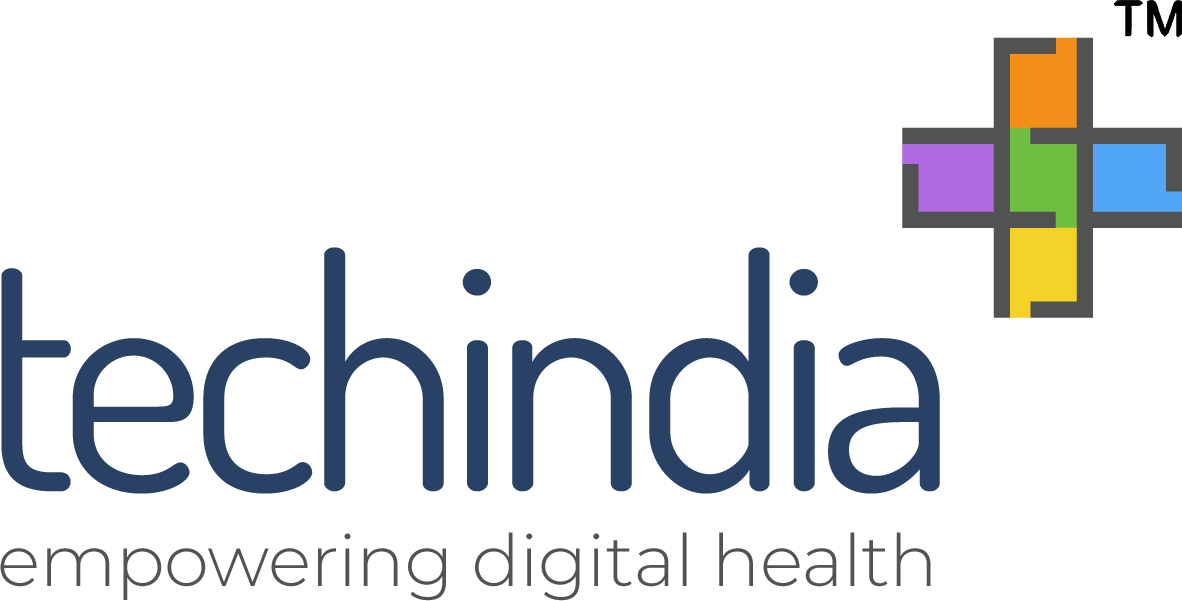- Posted: 26 Apr 2017
- Category: myblog
Cardiac Rhythm Monitoring Services that Greatly Mitigate Heart Disease Risk
Cardiac arrhythmia is a common heart disorder characterized by irregular rhythm or heartbeat. The two common conditions, Tachycardia and Bradycardia, refer to decreased and increased heart rhythm, respectively. Both the conditions can lead to severe complications and common symptoms include dizziness, unexplained spells of fainting, breathlessness, chest pain and palpitations. Cardiac rhythm monitoring services are used to observe, diagnose and manage cardiac arrhythmias in patients.
What is cardiac monitoring?
Cardiac monitoring employs a heart monitor to observe your heart in order to discover any arrhythmia or any other heart condition that may be present. Thus, cardiac rhythm monitoring helps to constantly monitor the activity of your heart and determine your heart’s health at any point in time, greatly mitigating the risk of heart disease.
In order to reduce the expenses and cater to the increasing number of cardiovascular patients, remote cardiac monitoring provides a convenient way for patients to be observed for longer periods of time without staying in the hospital. Thus, many cardiac specialists choose to collaborate with a remote monitoring service centre that constantly monitors the patients and reports the data, analyzed by trained staff, to the doctors. Your doctor can monitor this information to detect any abnormality or risk of heart disease. Two main benefits include cost effectiveness and event monitoring by trained staff that can recognize cases of arrhythmia even if the patient is unaware. Several different types of portable devices can be used for cardiac monitoring, including the following:
Holter Monitor – A Holter monitor is one of the most convenient and effective methods to continually monitor your heart’s activity. A small portable device, it can be easily worn underneath your clothes for as long as required without interfering with your routine activities. The monitor stores the data that can be evaluated when the patient returns the monitor at the doctor’s clinic after the prescribed time. The data can now be analyzed and interpreted to diagnose any abnormal heart condition or rhythm during the period.
Mobile Cardiac Telemetry (MCT) – MCT is ideal for patients suffering from frequent symptoms and can be employed for short-term cardiac monitoring for up to 30 days. Essentially, MCT employs a small portable device that continually records data. On detecting an anomaly, the device sends the data for the event to the monitoring centre where the data is interpreted by trained staff. This technique provides constant monitoring and immediately notifies the concerned doctor in case any abnormality is detected.
Event Recorder – Cardiac Event Recorders are recommended for patients with infrequent symptoms. The main purpose of the device is to record and store the heart rate and rhythm during an event. A cardiac event recorder works only when turned on by the patient.
Insertable Cardiac Monitor – An insertable cardiac monitor is very useful in cases of unexplained fainting. It is a tiny insertable device that continuously monitors and records heart rhythms automatically. Doctors, by observing your heart rhythm before, during or after a fainting spell, can identify whether the fainting is due to arrhythmia or some other cardiac problem.
Indeed, lifestyle changes and proper medication are important to mitigate heart disease. However, with great technology at hand, several cardiac rhythm monitoring services can be employed to mitigate the risk of heart disease by identifying irregular cardiac activity in time. Your doctor can guide you to the right cardiac monitoring service for your condition.
Recent Post

We're helping some of the most respected names in healthcare deliver measurably better outcomes. Let us show you what personally Human & AI integrated solution can do for your organization. While filling the form, please fill in the information more specifically that you are looking for.
Thank you for your query! We will get back to you shortly!!

